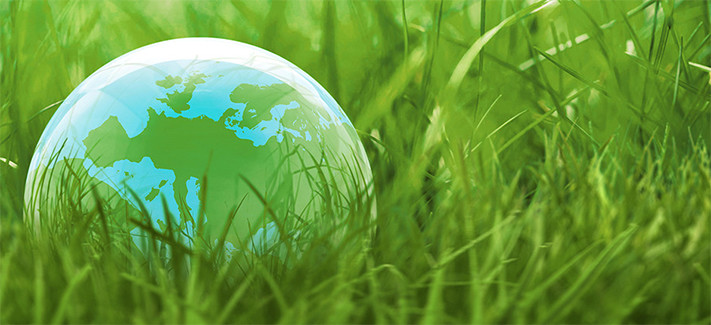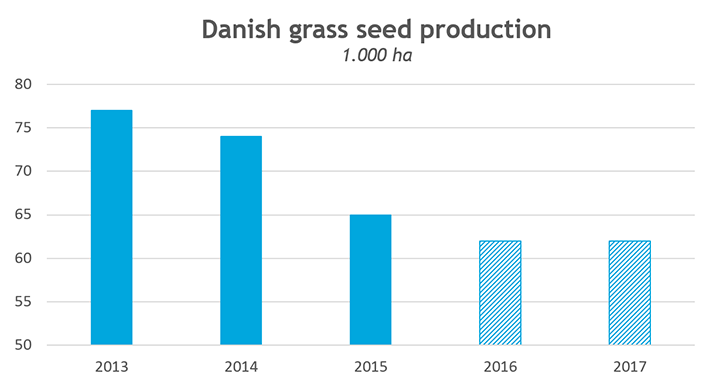EU turf continues to improve its market share, but forage grasses struggle
Despite another mild winter, spring came late to Europe. But that did not stop grass-seed buyers placing big orders and keeping our shipping department busy throughout March and April.
10/05/2016

The fact that there has been plenty of activity in both consumer and professional turf seed reflects the steady rise of the EU share of the turf market as imports continue to decline. In particular, we see less perennial ryegrass, tall fescue, and smooth-stalked meadow-grass reaching the EU from North America. That trend is unlikely to change while a strong US dollar keeps US seed prices high in Europe.
Right now prices for turf species are stable to firming. Smooth-stalked meadow-grass and hard fescues are particularly strong, as varieties with high technical qualities are in short supply both in North America as in Europe.
Things are less buoyant in the forage market. While milk prices remain low, farmers are reluctant to renew their pastures, especially after a mild winter caused very little sward damage. In some European countries, this pair of unfavourable factors has led to more short-term leys.
A combination of short-term leys and the EU greening policy has created strong demand for more Italian and westerwold ryegrass. In Russia more than anywhere, the forage market is still growing – and our own proprietary varieties of festulolium are hugely popular.

Seed production remains at a very low acreage for crop 2016 and 2017 in Denmark and Holland. We have advised our growers to reduce the acreage given over to grass seed – and will do the same for harvest 2017. The good news is that crops in Denmark and Holland survived the winter well, although Polish producers do report some winter damage. In Denmark, the production of perennial ryegrass forage types is slowing in response to a subdued dairy sector and good seed yields from recent crop years. On the other hand, production of turf varieties is up to meet rising demand.
Many of the ups and downs of production are just natural adjustments as we strive to maintain a healthy balance between supply and demand. Every year is different and has to be judged on its own merits. The more information and advice you can gather, the better.
To learn more about current market trends and opportunities, talk to your DLF rep. They will be delighted to help.

